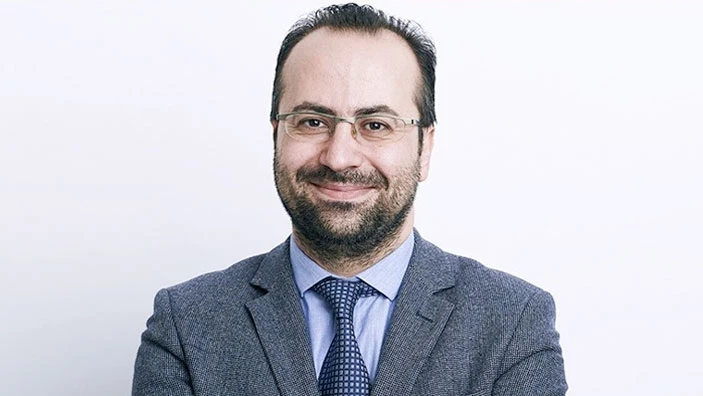by Oğuzhan Karakaş, CERF Fellow, Cambridge Judge Business School, University of Cambridge

The Dasgupta Review (2021) argues that we are amidst a global crisis, where natural systems are on the verge of a human-made breakdown, and biodiversity must be put at the core of the economics to address this problem. Within this context, it is important to understand how the financial development/capital affects biodiversity richness and abundance of natural resources, which are central to economic prosperity.
The Environmental Kuznets Curve (EKC) hypothesises an inverted U-shaped relation between the level of environmental degradation and the economic growth: EKC would suggest that economic development initially causes deterioration in the environment (through pre-industrial economies, such as agriculture), which then eases (through industrial economies) and improves (through post-industrial economies, such as service sector) as the economic development improves. Analysing the effect of economic development on natural capital is not very straightforward, due to measurement issues and other endogeneity concerns such as reverse causality.
In a project titled “Natural, social and financial capitals”, CERF Fellow Oğuzhan Karakaş, and research collaborators Annalisa Tonetto and Alessa Widmaier, analyse how financial development affects the loss of biodiversity, within the context of Italy. In their analysis, the authors built upon Guiso, Sapienza and Zingales (AER-2004), who find that social capital (instrumented by electoral participation and blood donation) improves the financial development, through enhancement of trust among the economic actors.
In their analysis, the authors find support for the EKC hypothesis. The authors first establish that social capital increases GDP per capita. Next, they find that (predicted) GDP per capita has an inverted U-shaped relation with the loss of biodiversity (measured by four different measures of biodiversity: Mean Species Abundance, Biodiversity Intactness Index, Deviation from Potential Natural Vegetation and a measure obtained by applying Principal Component Analysis to the previously mentioned biodiversity measures). The analysis is a cross section that consider the most recent year available for each biodiversity measures (2020 or 2022) and controls for GDP per capita, GDP per capita squared, Education, Education squared, Fertility, Gender, Crime, Age, Civil Unions and includes Industry Fixed Effects.
Related articles
Research centre news
Can bond vigilantes be reassured by a higher economic cost of default?
Market expectations about sovereign default can be crucial determinants of political decision making and can even become self-fulfilling in triggering sovereign default. I provide novel causal evidence that an increase in the economic cost of default can credibly commit a government to repay and can curb market expectations for the propensity of a default event by eliminating belief-driven debt crises equilibria. However, such a shift comes at the cost of increasing the severity of fundamental crises.
Research centre news
Do our personal experiences of local house price growth influence our consumption decisions?
Do our personal experiences of local housing price growth influence our consumption decisions? Benjamin Appianin, Research Associate at Cambridge Centre for Finance (CCFin) and Cambridge Endowment for Research in Finance (CERF), helps answer this question by showing that households spend more (less) on nondurables and services when they have experienced higher (lower) house price growth in their locality.
Research centre news
How labour unions shape the quality of CSR reporting
Cambridge Judge Associate Professor and Cambridge Endowment for Research in Finance (CERF) Research Fellow Dr Jenny Chu looks at how labour unions influence the quality of corporate social responsibility (CSR) reporting, shedding light on the strategic role of non-financial disclosure in managing labour relations.





